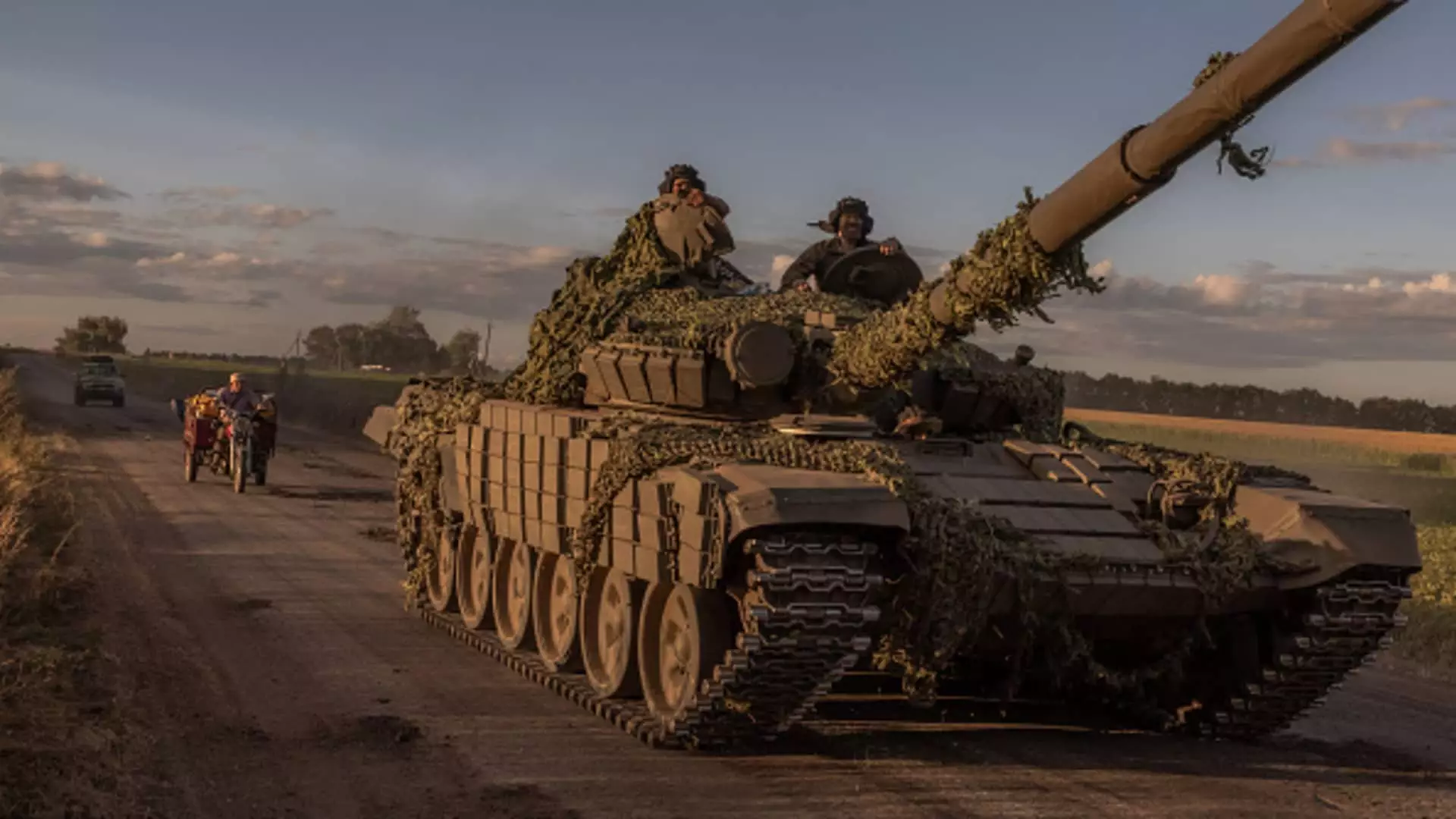As the global landscape shifts, particularly amidst the ongoing conflict between Ukraine and Russia, the United States is poised to unveil a significant military assistance package. Estimated at $1.25 billion, this initiative comes at a pivotal moment as the Biden administration aims to expedite aid to Ukraine before transitioning to a new leadership on January 20. This urgency is rooted in geopolitical considerations and the pressing need to bolster Ukraine’s defense capabilities, especially given Russia’s recent escalated attacks targeting Ukrainian infrastructure.
The latest military support is expected to encompass a wide range of munitions tailored to enhance Ukraine’s defensive posture. Notably, this package includes advanced systems such as the National Advanced Surface-to-Air Missile Systems (NASAMS) and the HAWK air defense systems, crucial in fortifying Ukraine against aerial assaults. Furthermore, the inclusion of Stinger missiles and artillery rounds of both 155 mm and 105 mm calibers highlights a strategic effort to equip Ukrainian forces with versatile and effective weaponry. This move does not only signify immediate military support but also reflects a long-term commitment to Ukraine’s sovereignty and territorial integrity.
In recent weeks, the dynamics of the conflict have intensified. Russia has unleashed a new wave of assaults on Ukraine’s energy facilities, posing substantial threats to civilian infrastructure. However, Ukrainian forces have demonstrated resilience, reportedly intercepting a considerable volume of incoming threats, demonstrating their growing defensive capabilities. This context is critical as it underscores the necessity of ongoing U.S. support, not just in munitions but also in morale and strategic partnership.
Moreover, the frontline remains fiercely contested, particularly in the border region of Kursk, where intense fighting continues. The involvement of North Korean troops on the Russian side complicates the situation further, revealing the extent of Russia’s desperation to regain lost ground. These developments underline the urgency for Ukraine to receive sustained military support to maintain its defensive and offensive operations.
The impending transition of power in Washington adds another layer of complexity to the situation. There are concerns surrounding the continuity of military support under President-elect Donald Trump. Historically, Trump has expressed a preference for negotiating settlements, which raises questions about the future of U.S. military aid to Ukraine. Many fear that a shift in leadership could impact the robust support Ukraine currently receives and potentially lead to an unfavorable negotiated outcome for Kyiv.
Acknowledging these concerns, the Biden administration is keen on ensuring that the aid reaches Ukraine before the changeover, potentially leaving a buffer of funding for the incoming administration to utilize, should it choose to continue supporting Ukrainian defense efforts at the same level.
In addition to the immediate military aid, discussions around longer-term funding options through the Ukraine Security Assistance Initiative suggest a proactive approach to ensure Ukraine remains equipped for future challenges. With approximately $1.2 billion allocated for contracts extending beyond a year, the United States is positioning itself to sustain a long-term commitment irrespective of changing political ideals.
In total, should this new package be approved, the U.S. will have provided over $64 billion in security assistance to Ukraine since the onset of the conflict in February 2022. This extensive investment not only highlights the United States’ commitment to ally support but also indicates a calculated approach to countering Russian aggression in Eastern Europe.
As the Biden administration prepares to deploy this substantial military aid package, the stakes are undeniably high. The intersection of immediate military aid, geopolitical strategy, and the anticipation of new U.S. leadership creates a precarious yet important moment in U.S.-Ukraine relations. With Russia’s behavior becoming increasingly aggressive, it is imperative for the U.S. to ensure a seamless flow of support to bolster Ukraine’s defense, while also navigating the uncertainties that accompany a change in U.S. presidential administration. The coming weeks will not only shape the future of Ukraine’s defense but could redefine the geopolitical dynamics in Europe and beyond.

